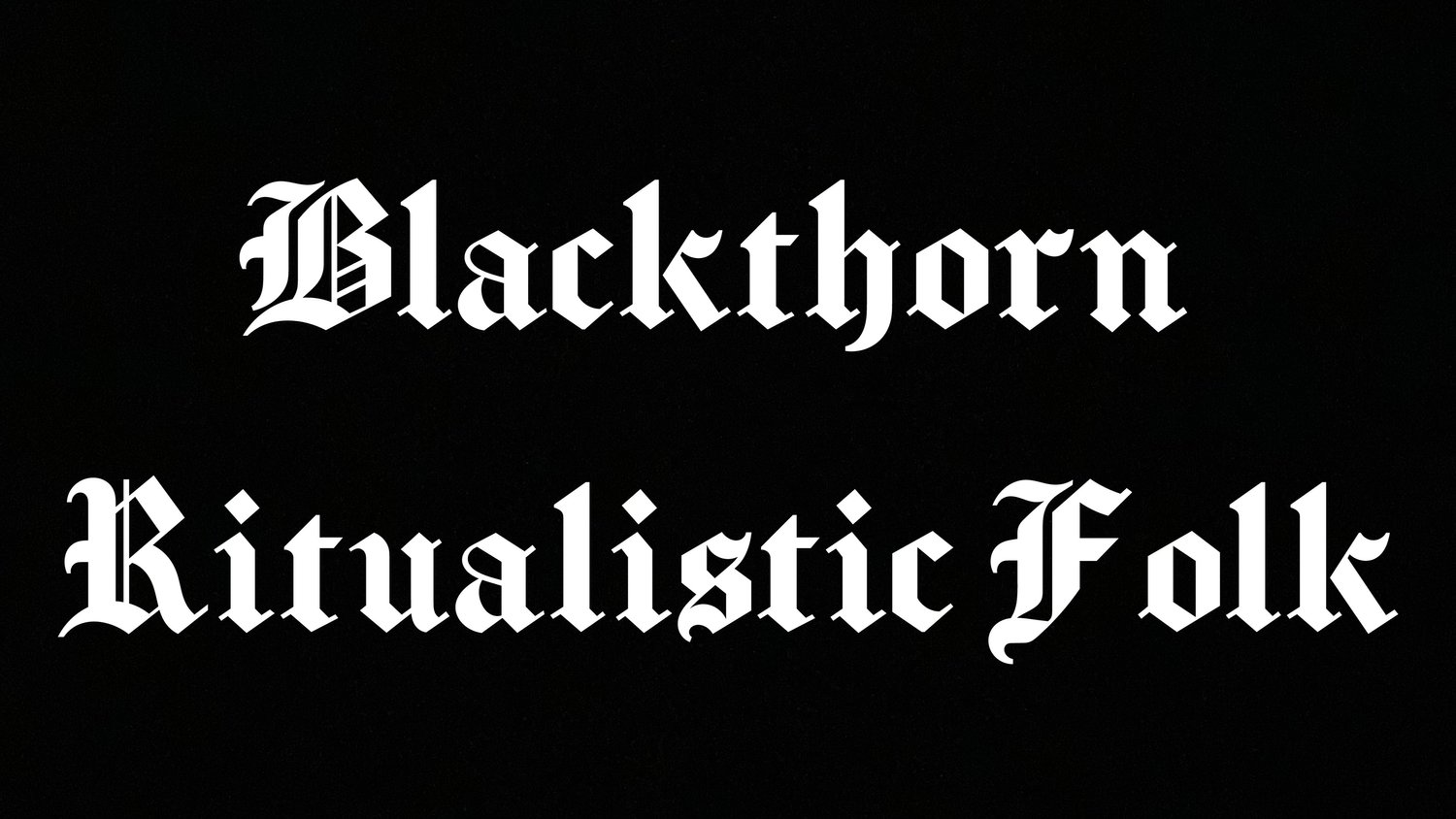Our current list of dances
• Beating the Bounds
• The Black Hairstreak
• Black Nag
• Blackthorn Wassail Dance
• Bogland Jig
• Fallows Cast
• Flower Of Death
• The Green Man
• The Hanging Judge
• Hare Of Much Marcle
• Merched Beca
• Mordiford Dragon
• Mortimers Cross
• An Ode To John Dee
• The Old Ways
• Protectors Of The Thorn
• Twiggy Witch
• The Witches Curse
